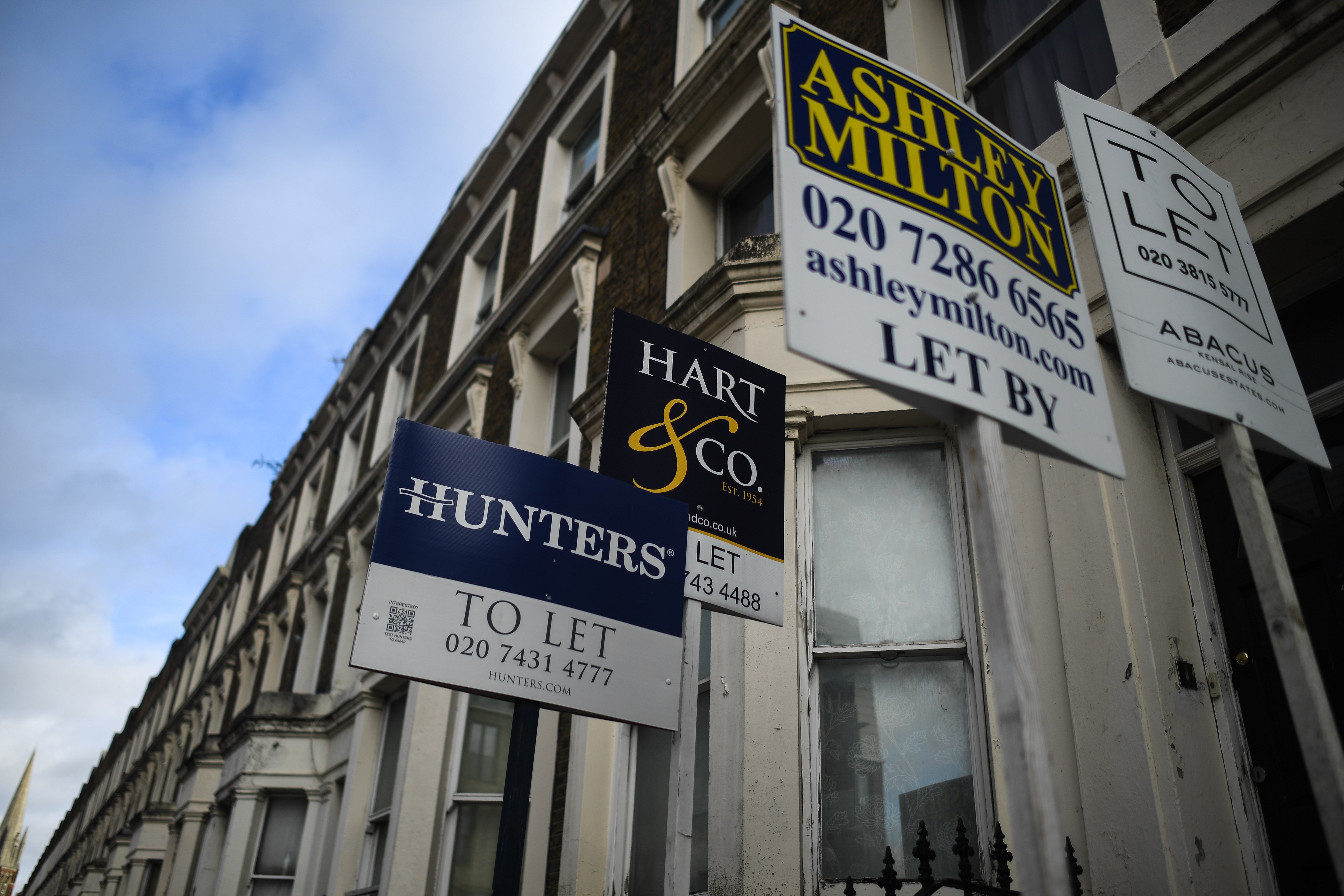Homebuyers only have two weeks to benefit from stamp duty holiday
With housing transactions taking an average of 123 days, the March 2021 end is closer than you may think

Buyers wishing to take advantage of the current stamp duty holiday have less than three weeks to agree to a deal on their new home thanks to the extortionate length of time the average sale takes to go through.
The holiday – one of the emergency measures still coming thick and fast that are designed to prop up the economy during the Covid-19 fallout – has helped to supercharge the property market.
But with a housing transaction taking an average of 123 days, the March 2021 end to the deal is closer than buyers may think if they hope to find a home and secure a mortgage.
Two-thirds of property buyers are only in the market as a result of the sudden tax threshold leap which means there will be no stamp duty to pay on properties sold for less than £500,000 until the end of March next year.
More than half of homeowners whose properties are currently on the market had no plans to sell before the stamp duty deal was announced, MoneySuperMarket has found.
The tax move, along with pent up demand and aspirations of bigger homes thanks to lockdown epiphanies, means the UK’s housing market is defying economic gravity.
Against a backdrop of the largest quarterly contraction in GDP on record in response to Covid-19 and millions applying for universal credit as jobs disappeared, house prices shook off their lockdown shackles in some style.
Last week, the Halifax House Price Index reported the average cost of a property in the UK rose four per cent over the three months after the stamp duty break was introduced. And they’re still rising.
House prices in October were 7.5 per cent higher than they were in the same month a year ago – that’s the strongest growth since June 2016.
With the tax previously kicking in at £125,000 or £300,000 for first-time buyers and set to revert back to those levels when the current break ends, buyers are choosing to stretch their budget rather than boosting their tax bills.
A recent survey of 2,000 hopeful buyers by One Poll suggests buyers are prepared to pay £347,000 for their new home – saving £5,377 in tax if they can sign on the dotted line before April.
Londoners expect to spend the most on their new property, at £467,213 on average, compared with Northern Ireland where buyers anticipate parting with an average of £180,400.
“House price growth is still hurtling along and this eternal summer is simply a side-effect of sustained strong demand. Last month we saw newly agreed sales rise 53 per cent on last year nationally,” says Nicky Stevenson, managing director at estate agent group Fine & Country, who acknowledged that the government has now finished “creating an almighty cliff edge at the end of March that will inflate demand at the start of 2021”.
“The latest ingredient of this potential turning point emerged [last] week when the chancellor announced the extension of the furlough scheme to the end of March. But that is, in fact, only one of four significant economic changes that we’re going to see at the close of the first quarter next year,” she said.
“Not only will the stamp duty holiday expire at the same time, but overseas buyers will start to pay a 2 per cent surcharge on homes, while the Help To Buy scheme will be restricted to first-time buyers with regional price caps. All this will funnel keen buyers into a schedule that must complete by April.
“This will be a watershed moment for the property market because it will be its first real test of strength after an astonishing period, lasting over a year, in which fiscal stimulus was pitted against a pandemic.”
MoneySuperMarket’s data suggests that almost two-thirds of buyers would change their plans if the stamp duty scheme is not extended.
A quarter would withdraw from the market altogether.
In the meantime, they’ll have a mixed lending landscape to pick their way through, especially if their circumstances change.
Regardless of a record-low 0.1 per cent base interest rate held yet again by the Bank of England’s Monetary Policy Committee (MPC) last week, data from Moneyfacts shows the average two- and five-year fixed rates for all loan-to-values (LTVs) have increased for the fourth consecutive month.
Continuing to rise from the record lows of July, at 2.43 per cent the average two-year rate is equal to that seen prior to the onset of the pandemic in March, while at 2.70 per cent the five-year rate sits only 0.04 per cent lower.
Buyers have around 2,400 mortgage products out to choose from this month, with products typically lasting just 28 days before being withdrawn or changed. Up by 145 in a month – the first improvement since June – the number of 75 and 80 per cent LTV offers have increased in particular.
The total, however, is still less than half the range of mortgages available this time last year.
Subscribe to Independent Premium to bookmark this article
Want to bookmark your favourite articles and stories to read or reference later? Start your Independent Premium subscription today.

Join our commenting forum
Join thought-provoking conversations, follow other Independent readers and see their replies